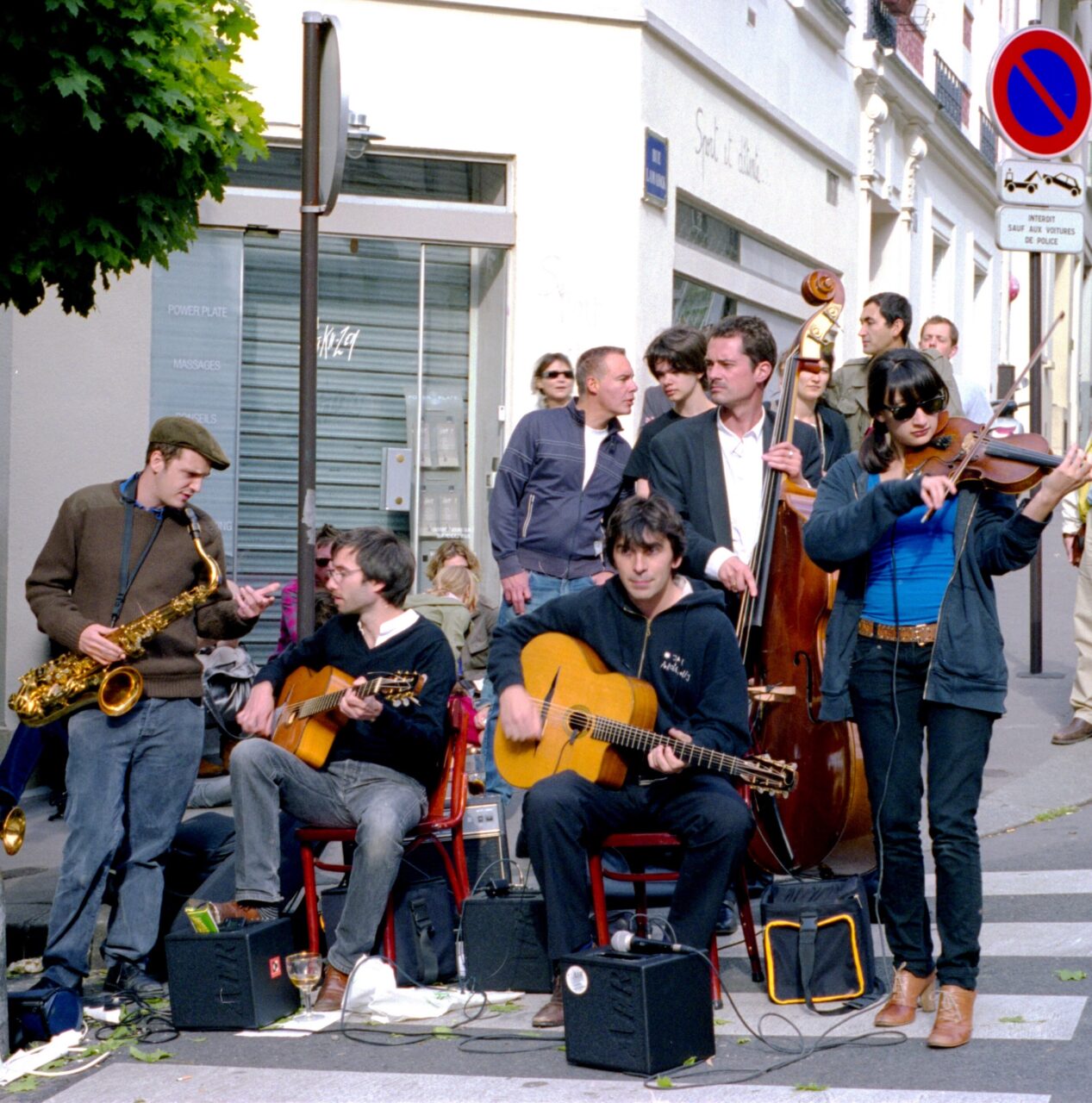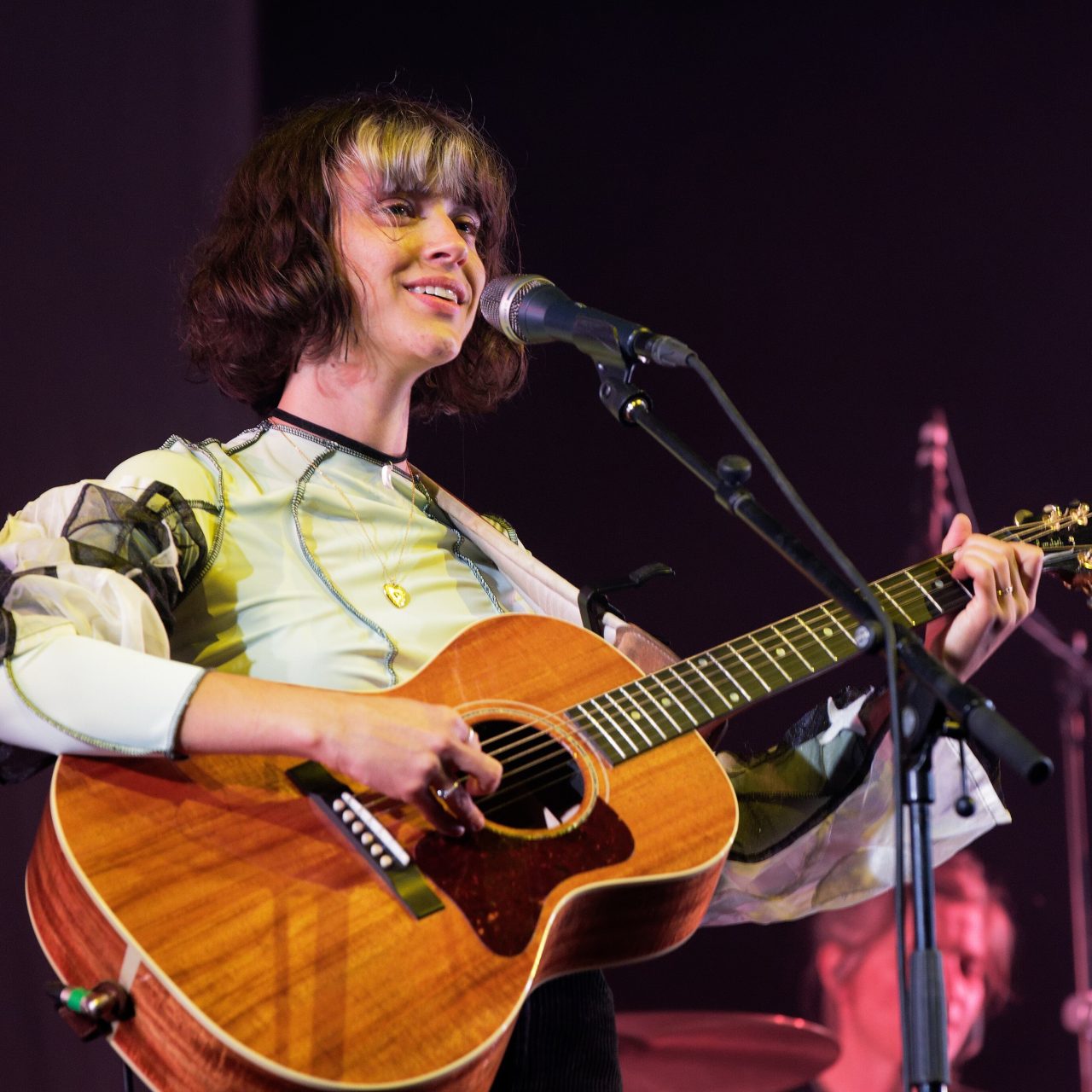The 1970s is one of the richest decades in French music history. The music scene in France was evolving rapidly after the strikes of May 1968 that had changed the country’s political and cultural history. The era marked the debut of la variété française, when Francophone artists began borrowing from a variety of genres (like folk and reggae), but also invented their own distinctive musical styles. It also ushered in some of France’s most popular singers as well as the disco fad. We had a difficult time coming up with only nine songs because we didn’t want to leave out any of our favorite musicians! Unfortunately, some of the biggest names like Michel Sardou and Joe Dassin didn’t make the cut, but we think we’ve compiled a list that reflects the diversity of the era. Get ready to see some of the all-time greatest music videos… We never get tired of watching Claude Francois’s jumping jacks.
By Sophia Millman
L’Aigle Noir – Barbara (1970)
Barbara belongs to the tradition of French singers like Jacques Brel, Georges Brassens and Leo Ferré who combined music with poetry. She began her career in the 1950s, performing songs by Brel and Brassens, but rose to fame in the late ‘60s with her own songs. “She was talent, intensity, stage presence, passion,” said President Jacques Chirac after Barbara passed away in 1997. In a 2015 poll, “L’Aigle Noir” was ranked the French’s third favorite song. According to Barbara, the lyrics came to her in a dream, and they represent her painful childhood.
Mourir pour des idées – Georges Brassens (1972)
One of France’s most beloved musicians, Georges Brassens was a singer, guitarist, and poet who set more than 100 of his poems to music. He also interpreted texts by other famous authors, including Victor Hugo, Paul Verlaine, and Louis Aragon. Brassens wrote the majority of his most famous songs during the 1950s, and you can listen to a compilation of them here. Brassens was a libertarian socialist and the lyrics of “Mourir pour des idées” illustrate his anti-military opinions.
Chanson sur ma drôle de vie – Véronique Sanson (1972)
Véronique Sanson became one of the most successful members of the ‘70s “Nouvelle chanson française” (“New French chanson”) movement, along with Renaud, Francis Cabrel, and Maxime Le Forestier. Unlike the French artists of the ‘60s yé-yé era, who released many singles and covers of American hits, Sanson created full-length albums that she wrote herself. Her song “Amoureuse” is one of her most popular and has been covered by artists in many other countries, including Olivia Newton-John. “Chanson sur ma drôle de vie” is her second most-covered song and our personal favorite.
San Francisco – Maxime Le Forestier (1972)
Maxime Le Forestier is well-known for having covered five of Georges Brassens’s albums, but his own songs are also excellent. In 1971, Le Forestier traveled to San Francisco, where he stayed for several weeks, living in a hippy community. When he returned to France, he wanted to thank his hosts, but, because he did not speak English, he wrote them a song. The opening lyrics of “San Francisco” are “C’est une maison bleue adossée à la colline” and you can see this blue house yourself if you travel to the city!
Le Sud – Nino Ferrer (1974)
You’ll often hear Nino Ferrer playing over our speakers at Coucou because the French love his music. Ferrer was French-Italian, but he spent some time in the US, and originally recorded “Le Sud” (“The South”) in English. You can listen to the original version here. Ferrer was a fan of James Brown, Otis Redding, Ray Charles, and his songs often pay homage to American blues and jazz classics.
Cette année-là – Claude François (1976)
Claude François is one of France’s most iconic singers so it’s no surprise that he’s also featured on our Top French Songs of the 1960s list! He’s known as the “prince du yé-yé et roi du disco” for his popular ‘60s yé-yé songs and his disco dance moves, which he debuted in the 1970s. “Cette année-là” is a cover of The Four Season’s “Oh, What a Night,” but its lyrics are quite different. They’re about major events that took place in 1962, like the death of Marilyn Monroe and the release of Westside Story.
Laisse béton – Renaud (1977)
Renaud’s music is not well known outside of France, but he’s one of the country’s most popular singers. Throughout his career, Renaud has campaigned for many causes, some of which have been highly controversial. He is an animal rights and environmental activist, and most of his songs’ lyrics refer to political issues he cares about deeply. His popular song “Miss Maggie” was a critique of Britain’s conservative Prime Minister, Margaret Thatcher. Laisse Béton is Renaud’s second album and its title track was a number one hit in France. “Laisse béton” is the slang way to say laisse tomber, which means never mind in French. Studying the song is a great way for you to pick up informal French vocabulary and introduce yourself to verlan, a from of French slang.
Ex-fan des sixties – Jane Birkin (1978)
English actress, singer, and model Jane Birkin is known for her musical and romantic partnership with Serge Gainsbourg. They released their debut album Jane Birkin/Serge Gainsbourg in 1969, and acted together in the controversial film Je t’aime moi non plus in 1976. Gainsbourg composed all the songs on Birkin’s album Ex-fan des sixties, and it is full of clever references to French authors such as Raymond Queneau and famous composers like Beethoven. The title track is about the destiny of 1960s musicians including Jim Morrison, Buddy Holly, Jimi Hendrix, and Janis Joplin.
Monday Tuesday… Laissez-moi danser – Dalida (1979)
One of France’s most famous female singers, Dalida began her career as a model after she won the Miss Egypt beauty contest in 1954. After her death, she became a cult figure in France. In 2003, for the French award “Greatest Singer of the Century,” Dalida was ranked third after Madonna and Céline Dion. “Laissez-moi danser,” Dalida’s cover of the Italian song “Voglio l’Anima” topped European charts in 1979. She even recorded the song in Spanish (“Dejame Bailar”) and English (“Let Me Dance Tonight”).
Bonus: Born to Be Alive – Patrick Hernandez (1978)
Believe it or not, French singer Patrick Hernandez originally planned to record this disco single as a hard rock song. Perhaps due to its English lyrics, perhaps due to its awesomeness, the song reached gold status in the US and is one of France’s biggest singles. If you love everything about this clip and are craving more French disco, you can check out our post about the best French disco songs!





